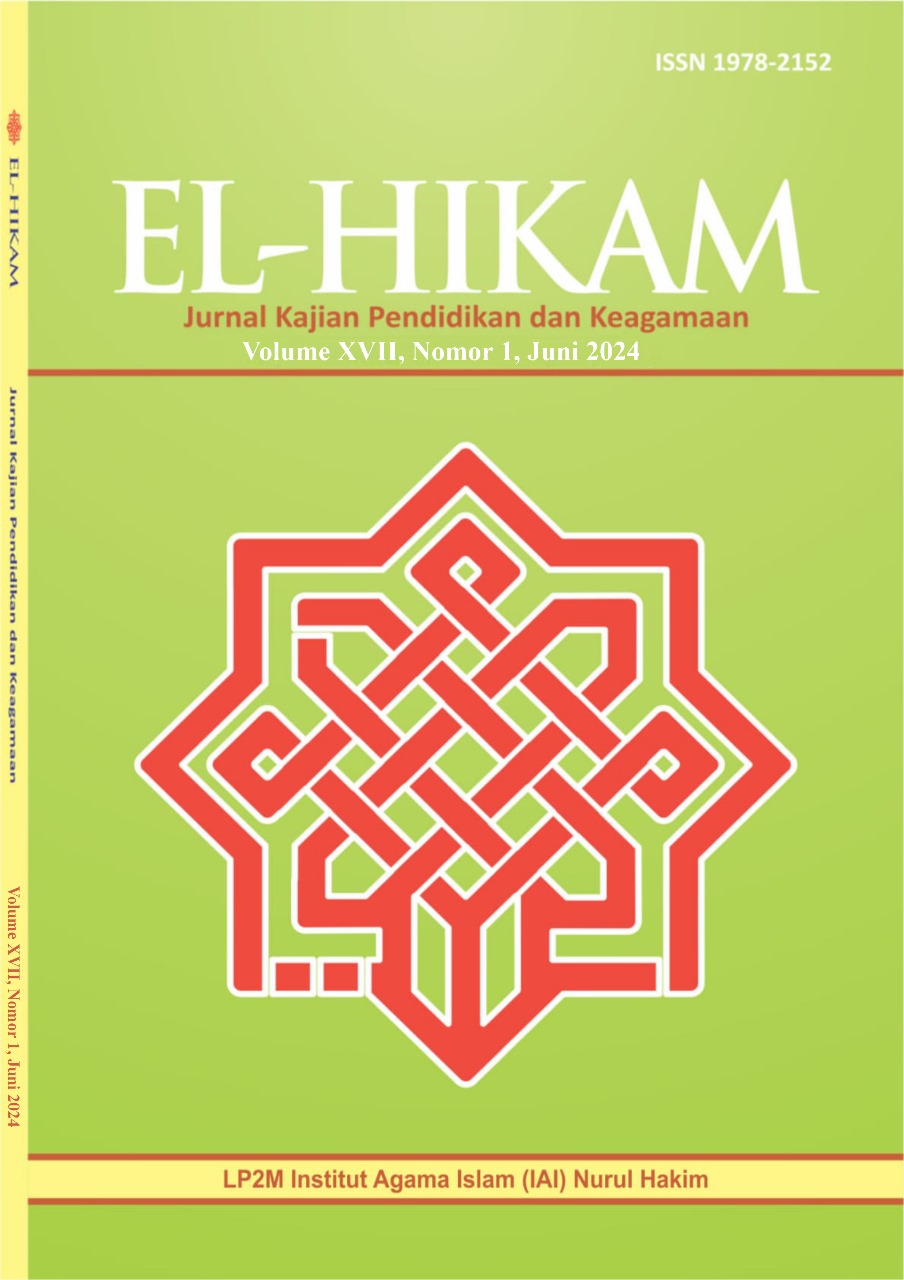TEACHERS’ PERCEPTION ON THE UTILIZATION OF CLIL IN TEACHING LITERACY TO YOUNG LEARNERS: A CASE STUDY IN WEST NUSA TENGGARA INTERNATIONAL SCHOOL
TEACHERS’ PERCEPTION ON THE UTILIZATION OF CLIL IN TEACHING LITERACY TO YOUNG LEARNERS: A CASE STUDY IN WEST NUSA TENGGARA INTERNATIONAL SCHOOL
DOI:
https://doi.org/10.57210/elhikam.v17i1.507Keywords:
CLIL, young learners, literacy, perception, challengesAbstract
CLIL (Content and Language Integrated Learning) is a dual-focused study focusing on content and language in educating and acquiring materials using the target language. In teaching English to young learners, CLIL is essential in enhancing children's literacy skills. It will enable young learners to understand, acquire, and use information bilingually and ready to face global needs. This study must be implemented due to the need for more research in bilingual education. This study uncovered teachers' perceptions of CLIL implementation in international schools. Through this understanding, the research aims to identify challenges, training needs, and potential solutions to enhance the effectiveness of CLIL in learning. This research employs a qualitative approach with in-depth interviews of several teachers teaching in an international school in West Nusa Tenggara. The research was conducted through observations, document studies, and interviews. These aim to gain an in-depth understanding of CLIL implementation with seven primary teachers in one of the international schools in West Nusa Tenggara. Data analysis was conducted using a thematic approach to identify patterns, themes, and perspectives in their perceptions. Conclusion and implication were drawn from the discussion of the findings.
References
Adijaya, M. A. (2023). Implementation of Content and Language Integrated Learning (CLIL)
in Teaching English for Guiding. Journal for Lesson and Learning Studies, 6(1), 1-8. doi:https://doi.org/10.23887/jlls.v6i1.59570
Anggraini, N. S., Munir, A., & Purwati, O. (2023). The Implementation of CLIL at Primary School : Teacher’s Perspectives and Challenges. Edukasea: Jurnal Pendidikan dan Pembelajaran, 4(2), 991-1000. doi:https://doi.org/10.62775/edukasia.v4i2.381
Coyle, D., Hood, P., & Marsh, D. (2010). Content and Language Integrated Learning.
Cambridge: Cambridge University Press.
Darmawan, B., Waluyo, U., & Sudirman, S. (2023). The Management of Dualism Leadership in Sekolah Nusa Alama Cooperation Education Unit based School in Lombok, Indonesia. Path of Science: International Electronic Scientific Journal, 9(4), 6007-
doi:10.22178/pos.91-10
Ellison, M. (2018). The Routledge Handbook of Teaching English to Young Learners: CLIL
in the primary school context. London and New York: Routledge.
Gabillon, Z. (2020). Revisiting CLIL: Background, Pedagogy, andTheoretical Underpinnings.
Contextes et didactiques, 15, 88-106. doi:10.4000/ced.1836
Kewara, P., & Prabjandee, D. (2018). CLIL Teacher Professional Development for Content Teachers in Thailand. Iranian Journal of Language Teaching Research, 6(1), 93-108. Retrieved from http://ijltr.urmia.ac.ir/
Kirkgoz, Y. (2018). The Routledge Handbook of Teaching English to Young Learners (Fostering young learners’ listening and speaking skills) (1 ed.). London and New York: Routledge.
Lo, Y. Y. (2020). Professional Development of CLIL Teachers. Hong Kong, Hong Kong: Springer Nature Singapore Pte Ltd. Retrieved from https://doi.org/10.1007/978-981-
-2425-7
Mehisto, P. (2012). Criteria for producing CLIL learning material. ERIC, 15-33.
Nawrot-Lis, B. (2019). The Challenges of Content Acquisition in a CLIL Course A CLIL- Based Chemistry Course at the Lower Secondary School Level. Radom: Springer.
Otwinowska, A., & Forys, M. (2017). They learn the CLIL way, but do they like it?
Affectivity and cognition in upper-primary CLIL classes. International Journal of Bilingual Education and Bilingualism, 20(5), 457-480. doi:https://doi.org/10.1080/13670050.2015.1051944
Setyaningrum, R. W., & Khoiriyah. (2022). Core Features of Content and Language Integrated Learning (CLIL): An Exploratory Study in Indonesian Primary Schools. MEXTESOL Journal, 46(3), 1-11.
Sujana, I. M., Waluyo, U., Fitriana, E., & Sudiarta, W. I. (2023). The Potentials and Limitations of Applying Content and Language Integrated Learning (CLIL) Approach to English Teaching for Medical Students. World Journal of English Language, 13(2),
-334. Retrieved from https://doi.org/10.5430/wjel.v13n2p331
Waloyo, A. A., Khoiriyah, K., & Farah, R. R. (2021). Teachers' Perception to CLIL and Web
Based Material Implementation in a Primary School. Journal of English Education,
(2), 1-7.
Published
Issue
Section
Copyright (c) 2024 Jurnal El-Hikam

This work is licensed under a Creative Commons Attribution 4.0 International License.












